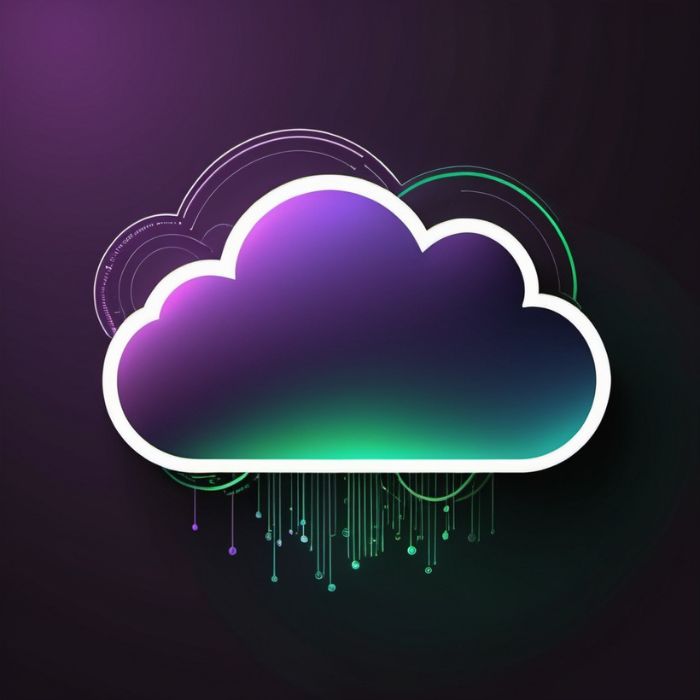Dropshipping vs. Traditional eCommerce: Which Business Model is Best?
Starting an online store but unsure whether to dropship or hold inventory? Both models have pros and cons—your choice depends on budget, risk tolerance, and long-term goals.
In this guide, we’ll compare:
✅ What dropshipping is and how it works
✅ Dropshipping vs. traditional eCommerce: key differences
✅ Profitability, fulfillment, and operations compared
✅ Who should choose which model?
Let’s find the best fit for your business!
Table of Contents
1. What is Dropshipping & How Does It Work?
Definition:
Dropshipping is an inventory-free model where:
-
You list products in your store
-
Customers order from you
-
Supplier ships directly to the customer
-
You keep the profit margin
How It Works:
💡 Need a platform? See the Best eCommerce Platforms for 2025.
2. Dropshipping vs. Traditional eCommerce: Key Differences
| Factor | Dropshipping | Traditional eCommerce |
|---|---|---|
| Startup Cost | Low ($0-$500) | High ($2,000-$10,000+) |
| Inventory Risk | None (supplier holds stock) | High (you buy inventory upfront) |
| Profit Margins | Lower (15-30%) | Higher (40-60%) |
| Shipping Control | Limited (depends on supplier) | Full control |
| Scalability | Easy to test products | Harder to pivot |
3. Profitability & Operational Differences
💰 Profitability:
-
Dropshipping: Lower margins but no inventory costs
-
Traditional: Higher margins but storage & unsold stock risks
📦 Fulfillment:
-
Dropshipping: Hands-off (supplier handles shipping)
-
Traditional: You pack/ship (or hire a 3PL)
⚙️ Operations:
-
Dropshipping: Focus on marketing & customer service
-
Traditional: Manage inventory, warehousing, logistics
🚀 Boost sales with Best Digital Marketing Tools.
4. Who Should Choose Which Model?
✅ Choose Dropshipping If You:
✔ Want low startup costs
✔ Prefer testing products risk-free
✔ Don’t want to handle shipping/returns
✅ Choose Traditional eCommerce If You:
✔ Have capital for inventory
✔ Want higher profit margins
✔ Need full control over branding/shipping
5. Hybrid Approach: Best of Both Worlds
Many successful stores start with dropshipping, then switch to holding inventory for best-selling items.
Example Workflow:
-
Test products via dropshipping
-
Identify top 3 sellers
-
Bulk order those products for better margins
-
Use 3PL for fulfillment
6. Future of eCommerce Models
🔮 AI-Powered Dropshipping – Auto-select best suppliers
🔮 On-Demand Manufacturing – Print-on-demand expands beyond apparel
🔮 Blockchain Tracking – Transparent supply chains
Final Checklist: Which Model Fits You?
✔ Budget: Dropshipping ($) vs. Traditional ($$$)
✔ Risk Tolerance: Testing (dropship) vs. Commitment (inventory)
✔ Goals: Quick start (dropship) vs. Brand control (traditional)
🚀 Get started with:
Your ideal model depends on your resources and vision—choose wisely!







